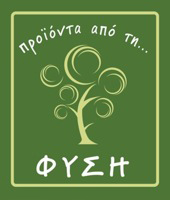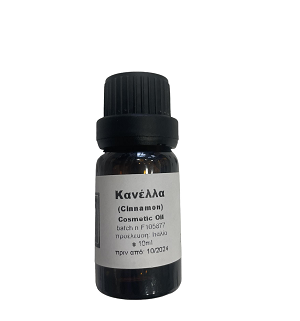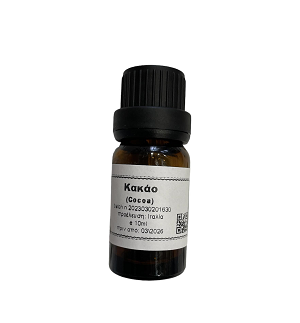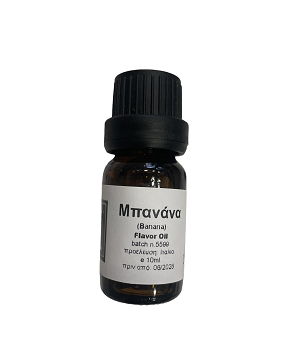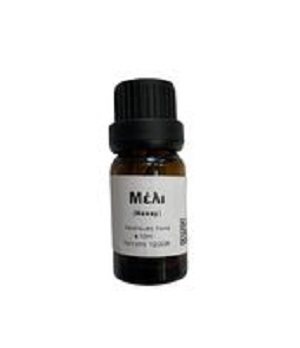The mandrake has a long brown root like beetroot.
In ancient times it was believed that Mandragoras had magical powers.
His forked root resembled a human body and believed it had
forces from the dark spirits of the earth.
To root the mandrake they only had to do it at midnight
and after necessary prayers and rituals.
Someone was drawing three circles around the plant with a pointed willow branch
and then they tied a black dog to the plant with a twine.
Human hands should not come into contact with the plant.
They believed that when the mandrake came out of the ground, it would take a turn
killing or chasing anyone who didn't have his ears protected at that time.
Ever since the time of the Genesis Bible there have been reports of Mandragora's use as an aphrodisiac and herb for childbirth.
Desperate to have no children with Jacob, Rachel turned to the mandrake to give birth to Joseph.
In the Middle Ages the plant was called 'the apple of Satan' and was believed to cause madness.
They believed that under the trees that were hanged there was a mandrake emerging from the semen of the hanged.
The mandrake was an essential ingredient for the witches' thugs of the time
and the most common example of their abuse of the medicinal properties of plants
obsessed with magical and orgy rituals with which some hallucinogens
narcotic plants were closely linked.
Today, modern science has ruled that the roots of mandrakes
are included in the category of analgesics such as Belladonna and Coconut Leaves.
Two of the active chemical components of mandrake are atropine and scopolamine, two potent sedatives.
Mandagra also has a high content of mandagorine, a potent hypnotic and narcotic.
It is thus easy to understand why aphrodisiac properties are attributed to the plant as well as the risk of causing madness and death.
It is vomiting and laxative causing contractions in the stomach.
But in any case, taking root directly is not recommended.
The effects of using mandagra are extremely unpredictable and very toxic.



